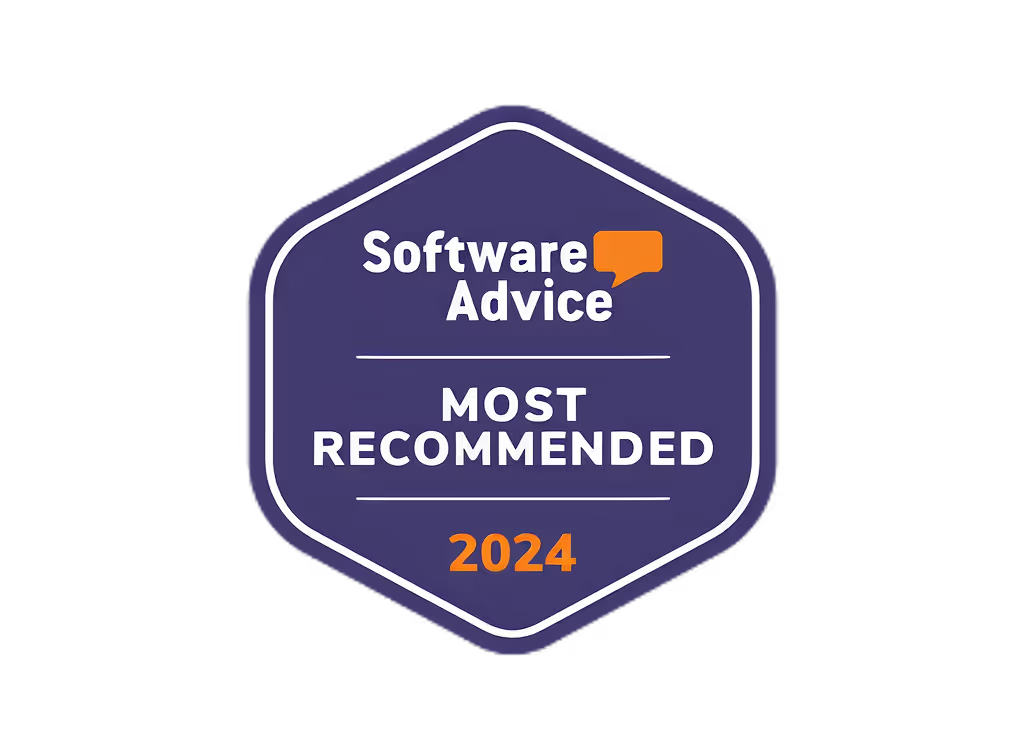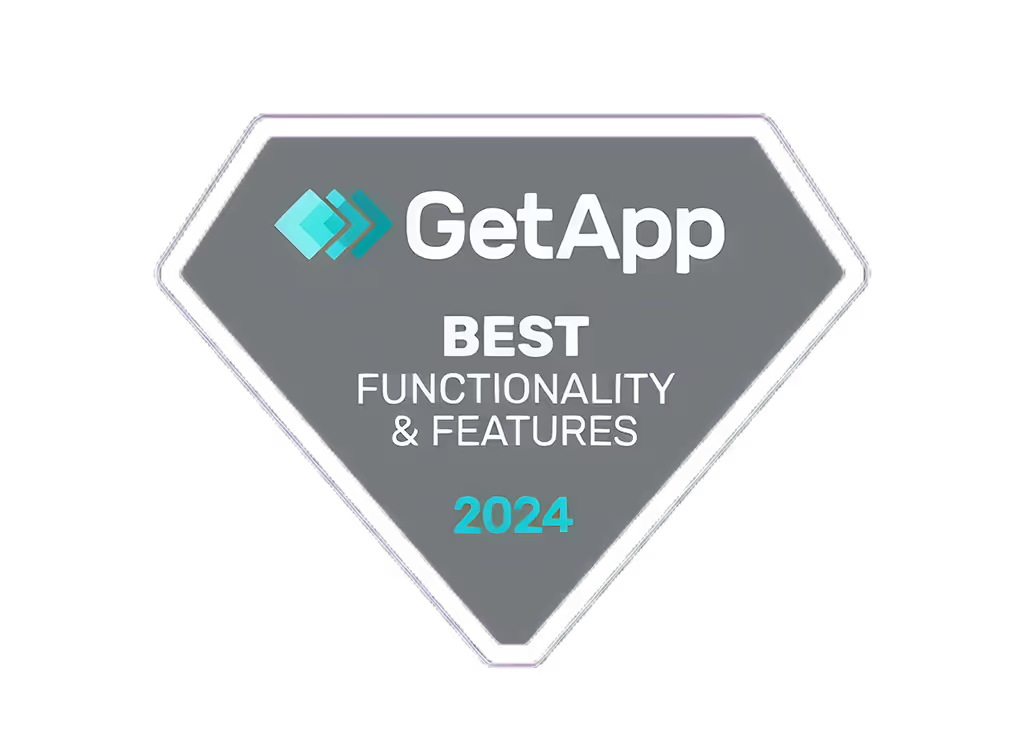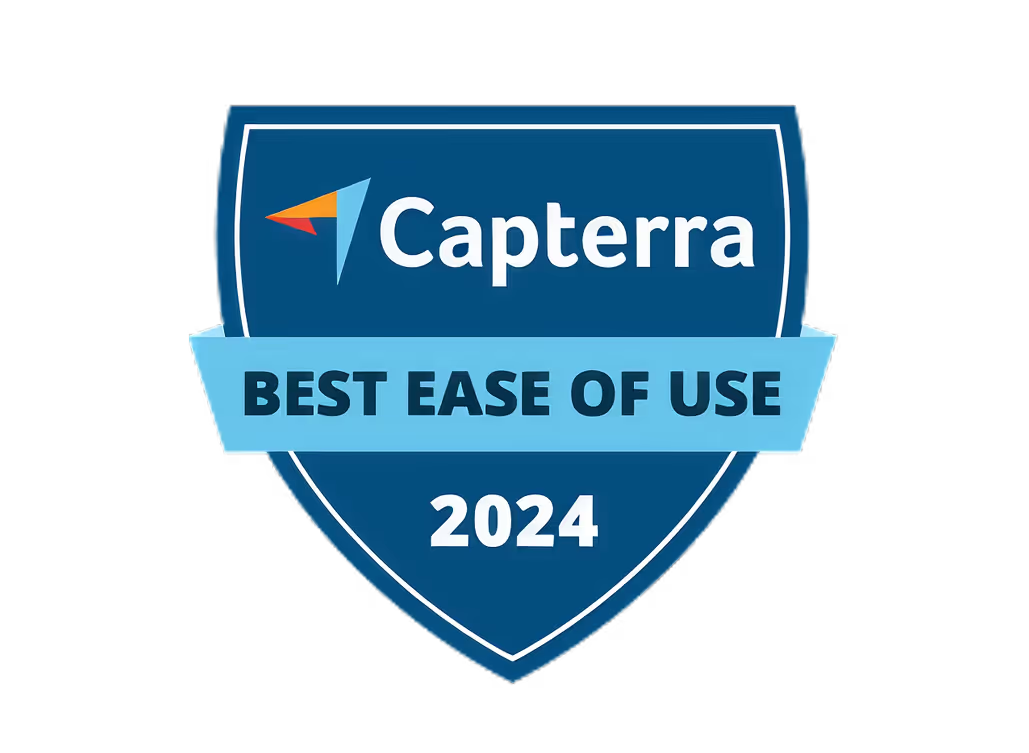Advertising, an art, and science of winning

Introduction
Ever heard someone say, “Wow, that’s a good spot, but that’s so Nike”? Or know why Nike stands out when many sports apparel companies exist worldwide?
Or if you know the reason for Coca-Cola's success (apart from their hush-hush formula)?
“Surround your consumer with your creative idea, invest in your assets, engage emotionally, and build a deeper love with those who already love you,” is what a Nike marketing maverick would say and is precisely what forms the basis of all their advertising campaigns and the resulting financial performance and overall success. Similarly, for Coca-Cola, evoking emotions like joy, togetherness, or nostalgia puts them far ahead of their competitors. And this is the power of advertising - creating an emotional connection, driving business growth, shaping perceptions, and fostering unwavering brand loyalty, all at the same time.

What one learns from brands like Apple, Nike, Volkswagen, and many others reaching the zenith of marketing is the fact that advertising is a captivating fusion of art and science, where the interplay of creativity, strategic thinking, and data-driven insights gives birth to impactful messages that should deeply resonate with audiences to achieve success. These big brands have been playing and winning in this arena since the 20th century, and today, it makes it even more relevant for the brands. Today, it has become more crucial than ever to find ways to stand out and capture consumers' attention. And this blog is an attempt to explore the art and science behind ad creation and how one can tap into their creativity to craft compelling and unforgettable advertisements.
At the core of such effective advertising lies creativity, the driving force behind the captivating campaigns of these brands. From their success, one learns how nurturing one’s creativity in ad creation requires thinking beyond conventional boundaries, challenging norms, and embracing calculated risks. It even involves discovering innovative ways to communicate the brand's message and values, fostering original and unconventional approaches. Moreover, while creativity forms the artistic core of ad creation, it finds its perfect complement in the scientific realm. The science behind successful ads delves into understanding your target audience, conducting meticulous research, and leveraging data-driven insights to inform your decision-making. Through this meticulous blend of art and science, you can unlock the true potential of your advertising efforts.
In essence, the art and science of ad creation have been intertwined, and by working in harmony, they have yielded exceptional results.
Let’s decode their success in greater detail and understand their game play!
First, align the organization
Organizational alignment ensures smooth collaboration and efficient workflow when running successful ad campaigns. It is the backbone that supports the seamless execution of creative ideas and the effective communication of brand messages. In this section, let us delve into the importance of organizational alignment in driving impactful ad campaigns and explore how building solid teams, fostering collaboration between departments, and streamlining workflows can optimize results. So, let's dive in!
Building a highly effective ad creation team is the first step toward organizational alignment.
In today’s business environment, marketing departments need to undergo significant leadership, technological, and cultural changes to meet — and exceed — their business goals.
How can you tackle these challenges? What’s the most effective marketing team structure? How influential are team leaders? What are the best practices? This be longer and a must-ask before starting the marketing campaigns.
Nonetheless, the first task should be to ensure that each team member should have well-defined roles and responsibilities that align with their unique skills and expertise. By assigning specific responsibilities, you ensure that the right person handles every aspect of the ad creation process, maximizing efficiency and productivity. This clarity in roles and responsibilities fosters a sense of ownership and accountability within the team, driving them to perform at their best. Furthermore, successful ad campaigns require close collaboration between the marketing, creative, and sales departments. Each department brings its valuable insights and skills to the table. When they work harmoniously, the outcome is a well-aligned campaign that resonates with the target audience. To foster collaboration, it is essential to hold regular cross-departmental meetings where ideas, strategies, and target audience insights are shared. This open exchange of information creates a shared understanding and ensures that messaging and creative elements align with the campaign's objectives.
In advertising, efficient ad creation is crucial for delivering impactful campaigns that truly resonate. To achieve efficiency, effective communication, and streamlined workflows are paramount. Transparent and consistent communication is the foundation on which successful ad creation stands. When teams communicate openly, everyone understands the campaign objectives, timelines, and deliverables, resulting in a shared vision. Regular communication fosters a collaborative environment where ideas can be freely exchanged, feedback can be provided, and adjustments can be made in real time. This alignment minimizes the risk of miscommunication and promotes a collective sense of ownership, ultimately enhancing the ad creation process.
Streamlining workflows is equally vital in ensuring organizational alignment. By establishing transparent processes and defining roles and responsibilities, teams can work together seamlessly, eliminating redundancies and minimizing errors. Mapping out the steps involved in the ad creation process, from ideation to execution, helps identify bottlenecks and ensures smooth transitions between team members. Efficient workflows facilitate optimized resource allocation, as tasks and resources are allocated effectively based on clearly defined roles. This improves productivity and maintains quality control throughout the ad creation process.
You must have heard of Google Drive and Slack, but have you ever heard about Wrike, Asana, Trello, Basecamp, and Monday.com?
Technological tools such as these are vital in streamlining ad creation workflows. Project management software, collaborative platforms, and digital asset management systems enhance communication, facilitate task management, and provide centralized access to creative assets. Leveraging these tools optimizes efficiency, tracks progress, and ensures seamless collaboration between team members, regardless of their physical location.
By aligning your team and processes, you create an environment where creativity flourishes, resources are utilized effectively, and ad campaigns achieve their full potential. It brings diverse talents together, promotes collaboration between departments, and streamlines workflows to optimize results. By building solid teams, fostering collaboration, and streamlining processes, you empower your organization to create impactful ad campaigns that effectively engage your target audience. So, align your organization and let your ad campaigns shine!
The real gameplay!
So, Is this it? Not. Now, we shall discuss the minute nuances that have brought about success to the brands.
The creative journey of ad creation involves creativity, storytelling, and visual design. It requires imagination, strategic thinking, and attention to detail. This section explores the creative process in ad creation, from generating engaging ideas to choosing the proper ad formats and mediums.
Let's dive in and uncover the key elements that make the creative process a driving force in successful ad campaigns!
The first step towards creating a captivating ad is ideating and conceptualizing. This stage is a playground for ideas, where imagination knows no boundaries. To generate engaging ad ideas, one must immerse oneself in the target audience’s world and create a vivid picture of your target audience and what drives them. Tailor one's messaging to their language, aspirations, and pain points, making an emotional connection that resonates deeply, seeking inspiration from unexpected sources, and embracing diverse perspectives.
What next?
While we ‘Share a Coke,’ here are other crucial aspects of brands whose ‘Business is Change.’
What is the absurdity of the statement above? It intrigued you to read further. This is the beauty of storytelling.
In the ever-evolving advertising world, crafting compelling copy is crucial in capturing the attention and engaging the audience. Words can evoke emotions, influence decisions, and ultimately drive action.
The first step in creating persuasive ads and deciding the words that will evoke your customers’ psychology is understanding your target audience. Conduct thorough market research to understand their demographics, interests, and pain points. Knowing your audience allows you to tailor your copy to resonate with their needs and desires. Put yourself in their shoes and think about the language, tone, and messaging that resonate most strongly with them. This is exactly what TATA Starbucks had practiced before entering the Indian markets - customized the products according to Indian tastes, rebranded the product portfolio, and targeted the audience in a way that could appeal only to the Indian masses. India has been known for its importance on relationships and family values, so when Starbucks launched one of its early campaigns, ‘It Starts With Your Name,’ it used a renewed lens on personal connections.

Once you deeply understand your audience, it's time to craft your message. Start by clearly defining the objective of your ad. Are you aiming to generate brand awareness, drive website traffic, or increase sales? Your objective will shape the tone and direction of your copy. Use attention-grabbing headlines and opening lines to capture the reader's attention and pique their curiosity immediately. Next, focus on your product or service's unique selling proposition (USP). What sets you apart from your competitors? Highlight the benefits and features that make your offering valuable to the consumer. Use persuasive language to create a sense of urgency or scarcity, encouraging immediate action. Effective ad copy is concise and to the point. Use of clear and crisp language conveys your message effectively. If you struggle with trimming unnecessary, boring words or confusing jargon, sentence shortener can turn those long-winded sentences into concise ones that are attractive to your audience. You can also break up your copy into short paragraphs or bullet points to keep it easily digestible.
Visual elements are also crucial in creating persuasive advertisements. In today's fast-paced and visually-driven world, capturing attention and making a memorable impression has become increasingly challenging for advertisers. This is where the importance of focusing on visual storytelling comes into play. Visual storytelling has become an essential part of ad creation by harnessing the power of images, design, and narrative. Let's explore why it has become such a crucial component.
Regarding advertising, grabbing attention is the first step towards effectively conveying a message. In a world bombarded with countless ads and distractions, grabbing the audience's attention has become more challenging than ever. Visual storytelling offers a compelling solution. With eye-catching imagery, vibrant colors, and creative design elements, ads can instantly capture attention and stand out in a crowded advertising landscape. Whether it's a stunning photograph, a striking illustration, or an intriguing graphic, engaging visuals can make viewers stop scrolling, pause during commercial breaks, or turn their heads when passing a billboard.
However, capturing attention is only the beginning. The true goal of any ad is not just to be seen but to be remembered. Visual storytelling can create memorable experiences that stay with the audience long after the ad is over. By crafting a narrative through visual elements, ads can evoke emotions, spark curiosity, and impact viewers' minds. When the audience forms a connection with the story being told, they are more likely to remember the brand, message, or product being advertised. A well-crafted visual story can linger in the audience's memory, ensuring that the ad leaves a lasting impression.
Moreover, visual storytelling goes beyond simply capturing attention and creating memorable experiences. It also serves as a powerful tool for conveying complex messages. Some messages are more complex or abstract than can be easily communicated through words alone. Visual storytelling offers a way to simplify and convey these messages effectively. Ads can distill complex ideas into easily understandable and relatable visuals by using visuals, graphics, and illustrations. Whether it's communicating the benefits of a product, showcasing a brand's values, or explaining a complex concept, visual storytelling enables advertisers to convey their messages in a way that is engaging and accessible to the audience.
Which brand can do this better than Nike?

In Nike’s 2012 ad campaign, ‘find your greatness,’ the camera pans up in a cinematic, wide shot focusing on a young boy running down an empty road. With no backing track, only poetic narration that reflects on what “greatness” even means, the ad feels sparse yet powerful, and viewers are left feeling inspired.
The trick has been that they go beyond simply promoting products and instead focus on the inspiring journeys of athletes and individuals. Nike's ads often tap into universal themes such as determination, overcoming obstacles, and pushing one's limits. By showcasing real-life stories of athletes, they connect with audiences on an emotional level and inspire them to pursue their dreams and goals.
Finally, choosing the proper presentation
Ever wondered why luxury car ads never surface on TVCs but can be found in newspapers all over?
The simple answer is that their wealthy and busy target audience is not TV viewers but can be found skimming through newspapers.
So, in the final step of the ad creation process, choosing the correct ad formats and mediums becomes crucial for effectively reaching and engaging the target audience.
Ad formats refer to the specific layout and structure of an advertisement. They can range from traditional formats like print ads in magazines or newspapers to digital formats such as display ads, social media ads, or video ads. Each format offers unique advantages and considerations depending on the campaign goals, target audience, and available resources.
Choosing the appropriate ad format requires understanding the target audience's preferences, behaviors, and media consumption habits. For example, investing in online ad formats would likely yield better results if the target audience predominantly engages with digital content and social media platforms. On the other hand, if the target audience is more receptive to print media or outdoor advertising, traditional formats may be more effective.
Additionally, ad mediums refer to the channels or platforms through which the ads are delivered to the audience. These can include television, radio, websites, social media platforms, mobile apps, and outdoor billboards. Each medium offers unique advantages in reach, targeting capabilities, interactivity, and cost-effectiveness.
Selecting the suitable ad medium requires carefully assessing the target audience's media consumption habits and the campaign's objectives. For instance, if the goal is to reach a broad audience, television or radio advertising is suitable. However, digital mediums like social media or programmatic advertising may provide better precision and targeting options if the campaign aims to target a specific niche or demographic.
Furthermore, considering the context and user experience of the selected ad medium is crucial. For instance, mobile app ads should be optimized for smaller screens and provide a seamless experience. Websites or social media ads should be designed to capture attention quickly and encourage interaction. By tailoring the ad format and creative elements to the chosen medium, advertisers can enhance the effectiveness of their campaigns.
Overall, these minute nuances bring about the necessary differentiation and brand growth. Combining art and science can create compelling advertisements that break through the clutter, engage your audience, and drive meaningful results for your brand.
To summarize, what’s the process finally of creating the best ads?

Advertising is a powerful blend of art and science, driving business growth and brand loyalty. Organizational alignment facilitates seamless collaboration and efficient workflows, empowering teams to create impactful ad campaigns. The creative process involves ideation, storytelling, and visual design, leveraging emotions and innovative approaches. Understanding the target audience and choosing suitable ad formats and mediums are crucial for effective communication. By mastering the art and science of ad creation, brands can craft compelling advertisements that resonate with consumers and achieve meaningful results.
We hope to see you entrusting this task to quickads.ai for your brand journey ;)
At Quickads.ai, we help you create ads in 30 seconds effortlessly. You can easily create captivating advertisements without the need for a large design team.


















